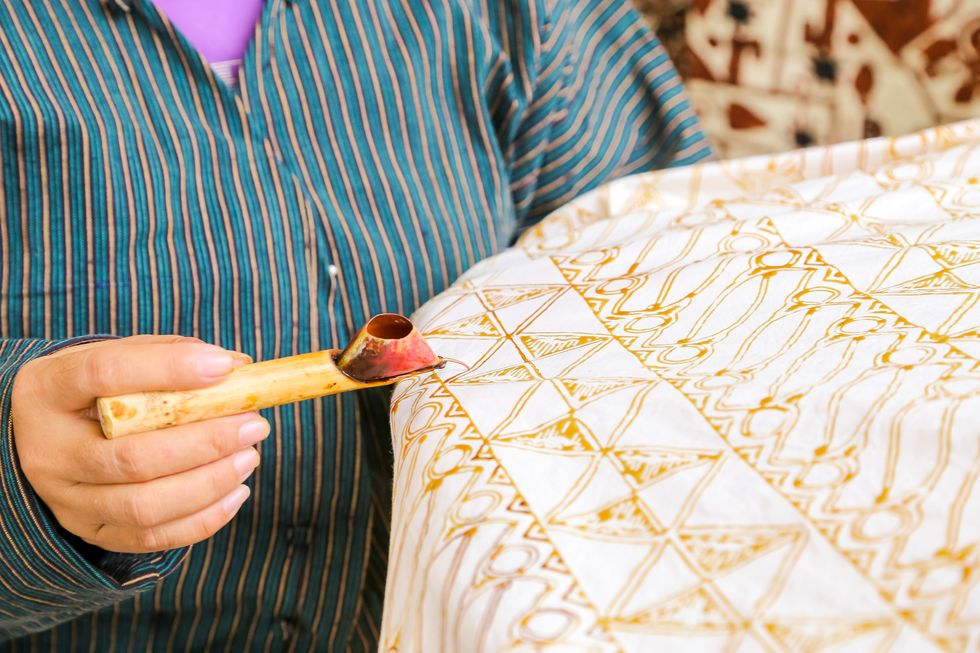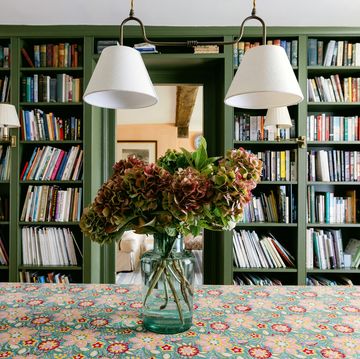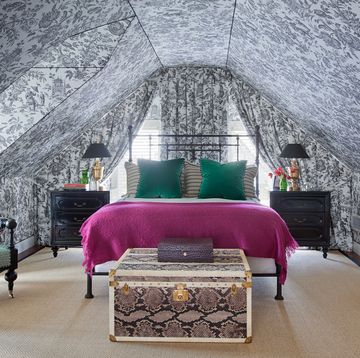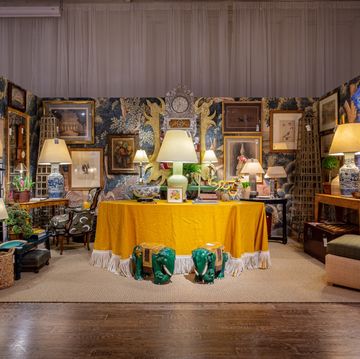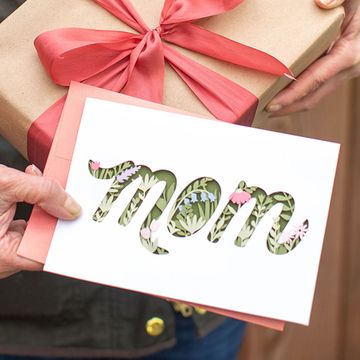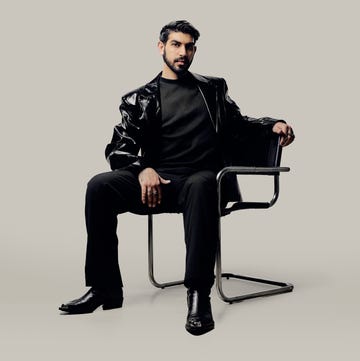Think back to your childhood—did you ever draw on white paper with a white crayon, then paint watercolors over your drawing to reveal the pattern? Or did you try the same process when dyeing easter eggs? This form of wax-resist art has a long history across media, and it’s certainly not limited to kids’ art projects. Take the textile art of batik: it’s a fabric-dyeing technique that uses wax resists to create intricate patterns. While batik has a long history, it’s made a resurgence in contemporary decor, and many major retailers offer batik goods from bedding to upholstered furniture.
Though wax-resist-dyed textiles can be found across both cultures and time, batik specifically comes from the Indonesian island of Java, where the technique was refined and elevated. In fact, batik is so important to Indonesian arts and crafts that UNESCO named it to the Representative List of the Intangible Cultural Heritage of Humanity in 2009.
The History of Batik
Some of the earliest wax-resist textiles can be traced back more than 1,500 years to Ancient Egypt, Sui and Tang Dynasty China, Nero Period Japan, and the Yoruba people in Nigeria and Senegal, among other cultures. But batik as we know it came to prominence in Indonesia, peaking between the 19th and 20th centuries, when it was commonly used for clothing. During this heyday, traders brought batik textiles around the world, and they gained global popularity that has continued into the current day.
Batik Technique and Characteristics
Batik textiles feature ornate geometric patterns created by brushing or pouring hot wax onto undyed fabric. The fabric is then dyed, and the wax is removed with boiling water to reveal the patterns. This process can be repeated multiple times to created layered patterns with different colors. In the 19th century, artisans commonly used cantings, copper devices that resemble fountain pens, to pour the wax very precisely, allowing for even more detailed patterns. In the 20th century, the Javanese also developed a wood-block printing technique for batik.
And the patterns themselves are not only aesthetic; they were once used to denote social standing, with some specific patterns, such as the knife-like parang pattern, being reserved for royalty. Other popular patterns include geometric riffs on flora and fauna, including the palm-inspired kawung motif, or representations of abstract concepts like love, shown through the celestial truntum pattern that is commonly worn at weddings. And sometimes the even combine both: the sekar jagad pattern, also commonly worn at wedding, features floral motifs.
Batik in Contemporary Design
Though batik went through a bit of a decline during the mid-20th century, it has since made quite a comeback, both in Indonesia and abroad. In Indonesia, the UNESCO designation of batik revitalized interest in the ancient technique. Abroad, Western designers—primarily fashion designers—began incorporating batik textiles into their collection. In the realm of interior design, you can find batik textiles throughout the home, from blankets to upholstery to wallpaper.
Follow House Beautiful on Instagram.

